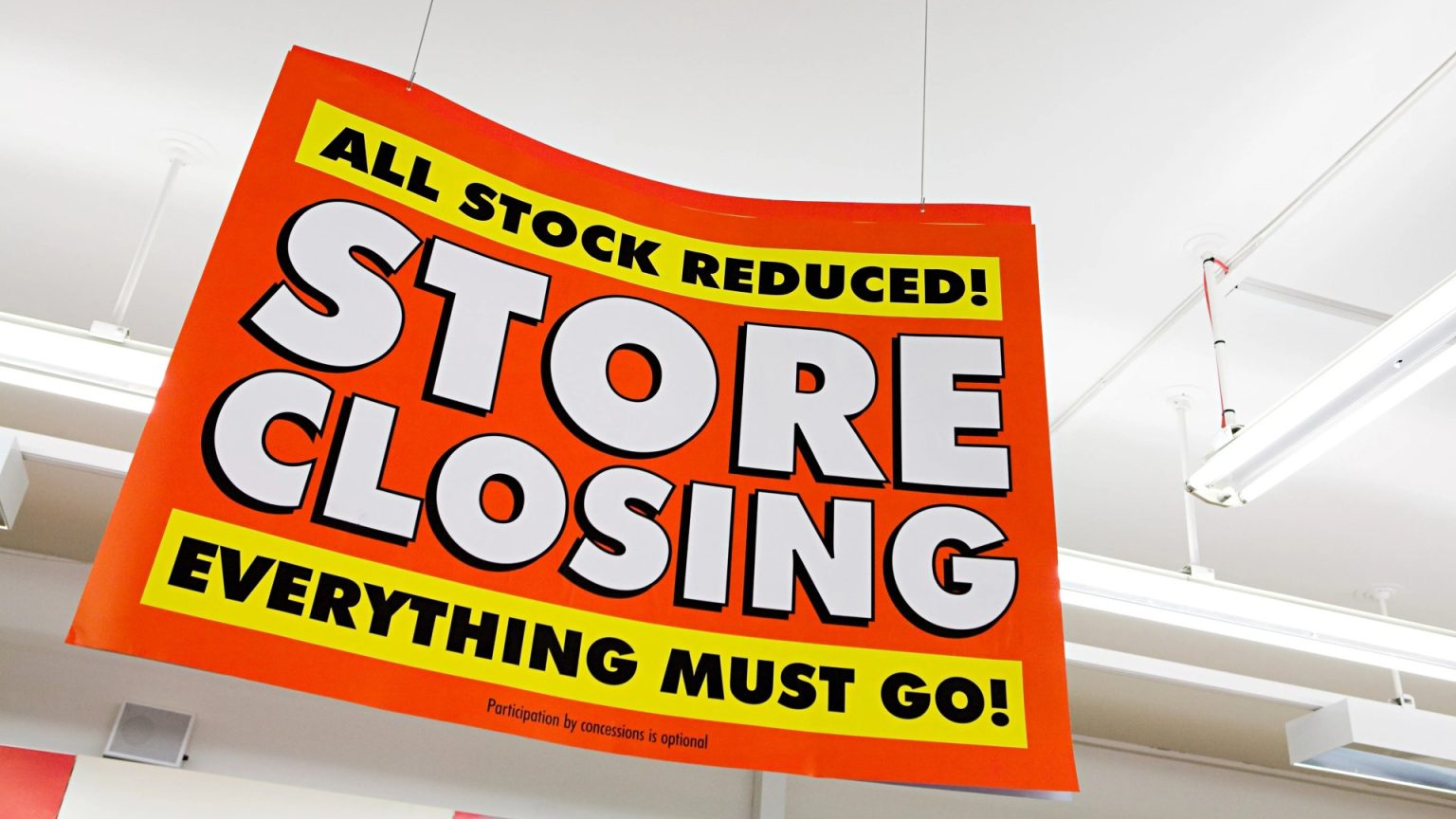The Farmfoods grocery store located at The Calthorpe Centre in Banbury, UK, permanently closed its doors on February 2nd, 2025. This closure follows a 50% off sale and adds to the growing number of retail spaces shuttering across the UK. While the company expressed gratitude to its loyal customers and hinted at the possibility of a new location in Banbury in the future, no concrete details regarding the timeline or reasons for the closure were provided. This closure comes just months after another Farmfoods store in Sutton closed due to the landlord’s redevelopment plans, leaving shoppers in both towns disappointed. Speculation also surrounds the potential closure of a Farmfoods branch in Bletchley later in February.
The closure of Farmfoods in Banbury highlights a broader trend of retail closures across the UK. WHSmith, a stationery chain, recently closed stores in Basingstoke and Bournemouth, adding to the list of 11 stores shuttered since March 2023. The company’s strategy seems to be shifting towards expanding its travel arm, focusing on locations in airports, railway stations, and hospitals. Homesense, a homeware store in Salisbury, is also slated for closure, with Lidl reportedly eyeing the soon-to-be-vacant space. Meanwhile, fashion retailer Monki, owned by H&M, plans to close seven UK stores this year, with some potentially merging with the Weekday brand to create a combined retail space targeting younger shoppers. These closures contribute to the increasing number of empty storefronts plaguing UK high streets, symbolizing the challenges faced by the retail sector.
Several factors contribute to this wave of retail closures. The most significant is the rise of online shopping, which has drastically altered consumer behavior and impacted in-store sales. This shift has made maintaining physical stores increasingly challenging, especially with rising operational costs, including staff wages. The British Retail Consortium has predicted a substantial financial burden on the retail sector due to the planned increase in employer National Insurance Contributions and the rise in minimum wage. These increasing costs further strain businesses already grappling with declining in-store sales.
Another factor contributing to store closures is the evolving landscape of town centres. Retailers are sometimes forced to close existing stores and relocate to different areas within a town to reflect changing demographics and shopping habits. However, the closure of prominent stores often leads to a decrease in footfall across the entire high street, creating a domino effect and putting other businesses at risk. The rising popularity of retail parks, offering free and convenient parking, further exacerbates the challenges faced by high street retailers, particularly in areas where local councils have increased parking charges.
Furthermore, the changing landscape of retail spaces often sees retailers like Next and Marks & Spencer opting for larger stores in more successful retail parks, moving away from traditional high streets. This shift leaves behind empty storefronts, contributing to a sense of decline in town centres. The trend is further complicated by retail bankruptcies, with brands like Carpetright, Debenhams, and Wilko among those that have ceased trading. While some brands may be acquired by other companies and continue to operate online or with a limited physical presence, the scale of their previous operations is rarely replicated.
The Centre for Retail Research (CRR) has projected a concerning trend, estimating that around 17,350 retail sites will close in 2025. This significant number reflects the ongoing challenges faced by the retail industry and the evolving habits of consumers. The closures leave behind not only empty storefronts but also impact local economies and employment. The future of the high street remains uncertain, and retailers are continuously adapting their strategies to navigate this challenging environment.
The closures underscore a dynamic shift in the retail landscape. While online shopping continues to grow in popularity, the physical store experience remains important for many consumers. Retailers are seeking innovative solutions to bridge the gap between online and offline, including click-and-collect services, personalized in-store experiences, and integrating technology to enhance the shopping journey. The challenge lies in balancing the costs of maintaining physical stores with the need to cater to changing consumer expectations and remain competitive in an increasingly digital world. The closures of stores like Farmfoods are a tangible reminder of the ongoing evolution of the retail industry.


